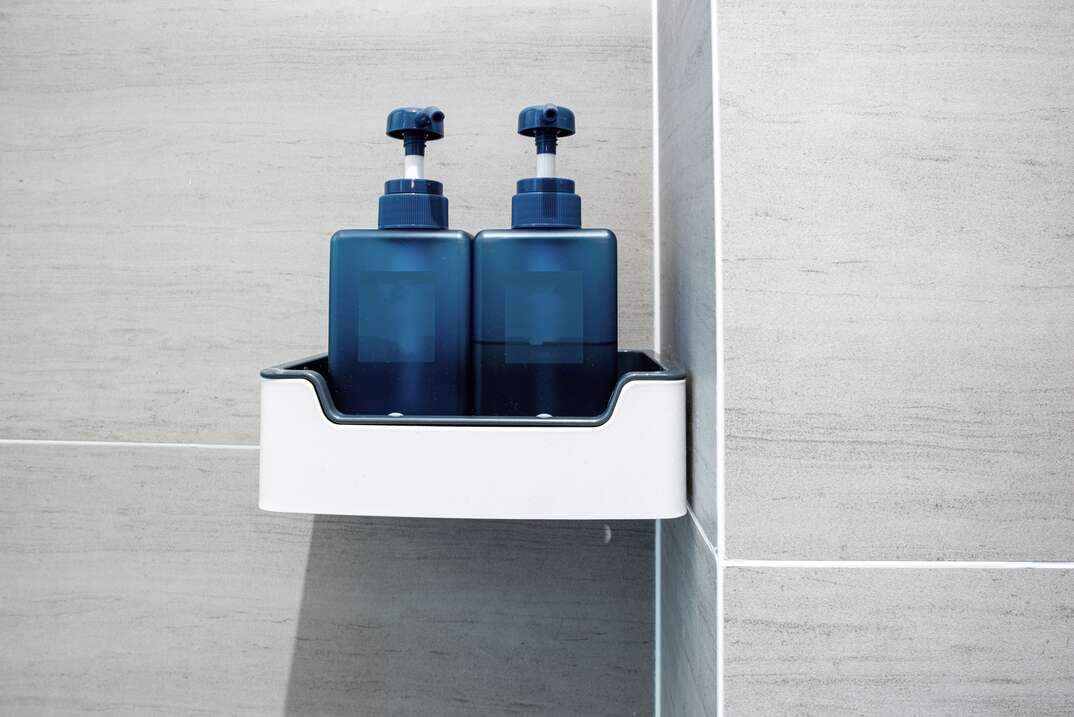10 Tools You Probably Don't Have (But Definitely Should)
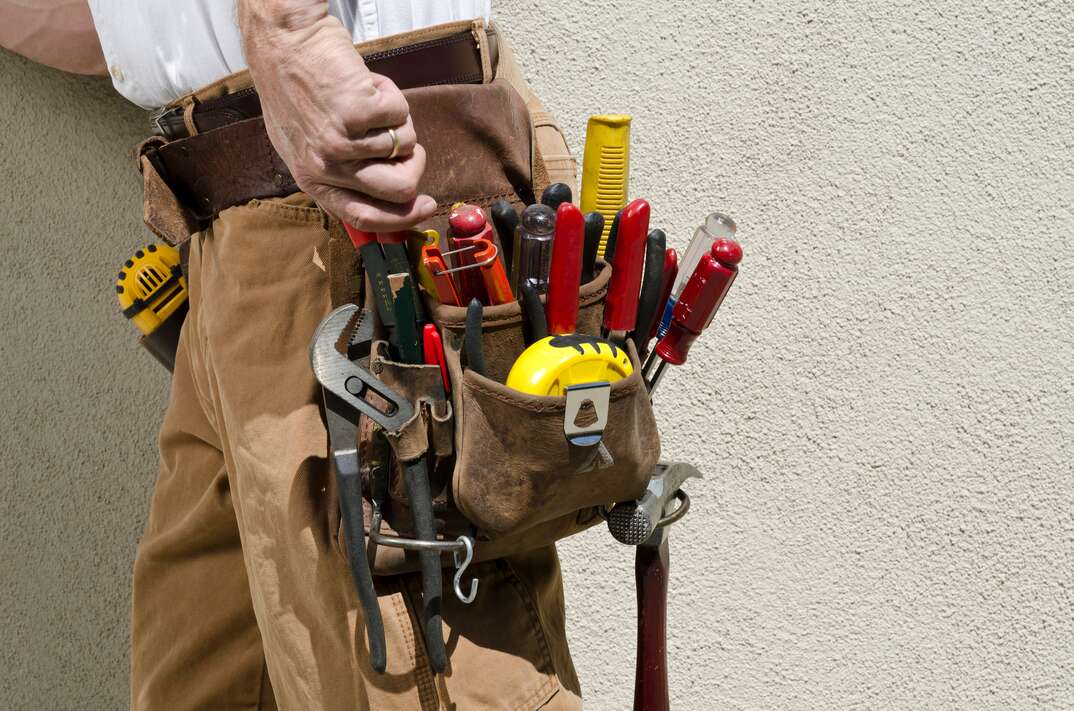
There are certain tools that everyone should have in their home. Tools are essential, whether you’re a DIY expert, a new homeowner or if you simply want to learn to do things around the house. Sometimes, you might need tools for emergencies. Other times, you might want to tackle a home project without hiring an expensive contractor. It’s also a better idea to have these tools and not use them than not have them when you badly need them.
This May Also Interest You: What Are the Different Types of Screwdrivers and Their Uses?
Here’s a guide to some of the most common tools you will want to have at your disposal.
Tools Everyone Needs in Their Home
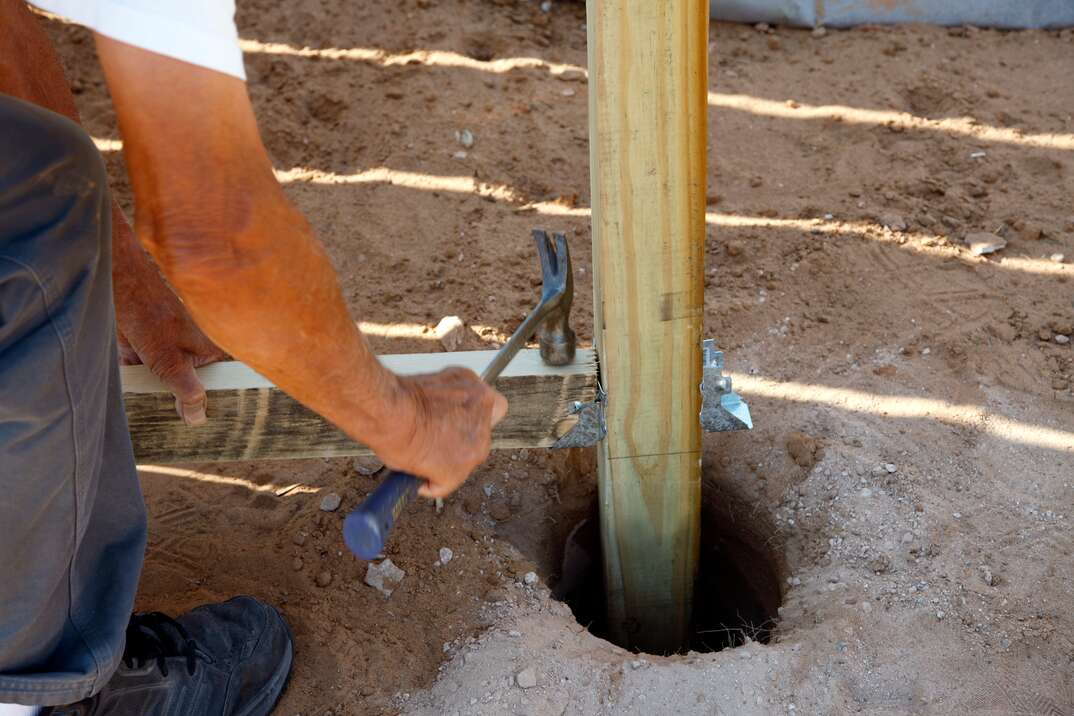
1. Claw Hammer
When you think of a typical hammer, you’re more than likely thinking of a claw hammer. This type of hammer is one of the most used and handy tools. It has a curved head, where one side is flat and used to pound nails into surfaces. The other side is curved and used to remove nails. Most of the hammer’s weight is from the steel head, which can weigh anywhere between 8 and 16 ounces (225 to 450 grams). Claw hammers are typically used for all types of woodworking projects. If you’re working with other surfaces like metal, however, you will need to use a different kind of hammer.
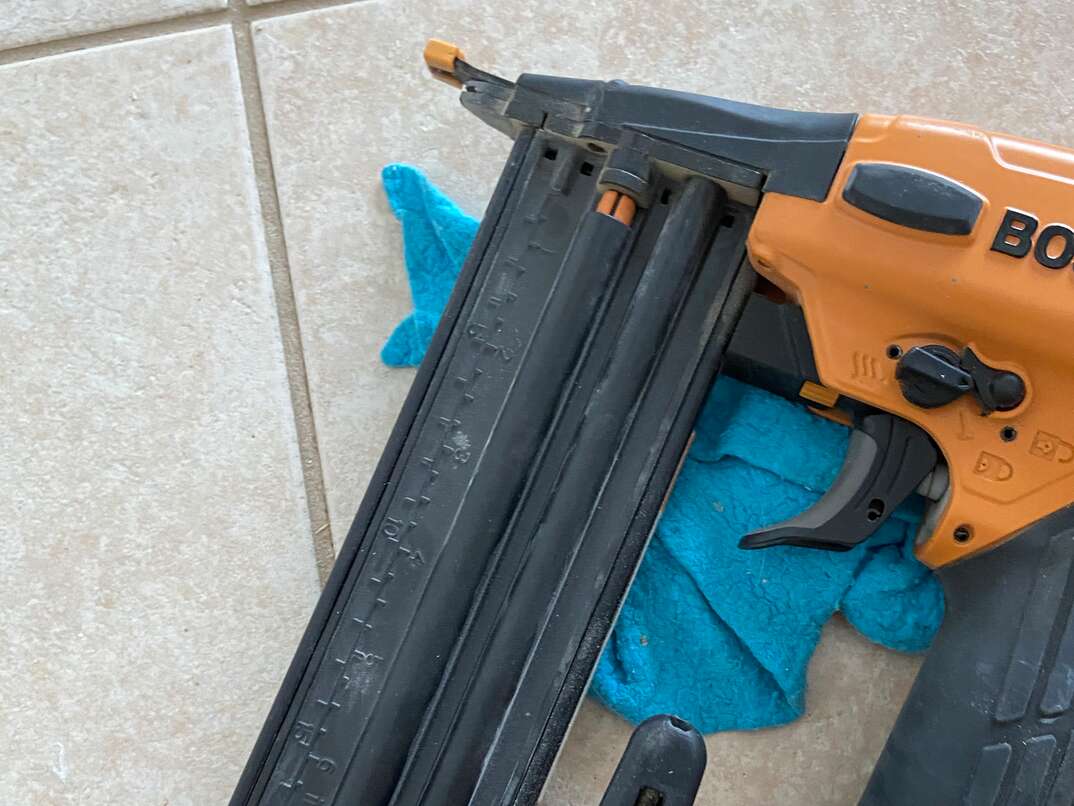
2. Nail Gun
A nail gun is a power tool that drives nails into different surfaces at a rapid pace. There are many types of nail guns used in various applications like flooring and roofing. They are often used by contractors for different jobs, but most homeowners will eventually come to need one.
While claw hammers come in handy for many nailing jobs, they aren’t always the most efficient if you need to nail a lot of things down. Nail guns are easy to operate and don’t require a lot of strength or effort compared to hammers. You’re also more likely to get a clean and smooth nailing finish.
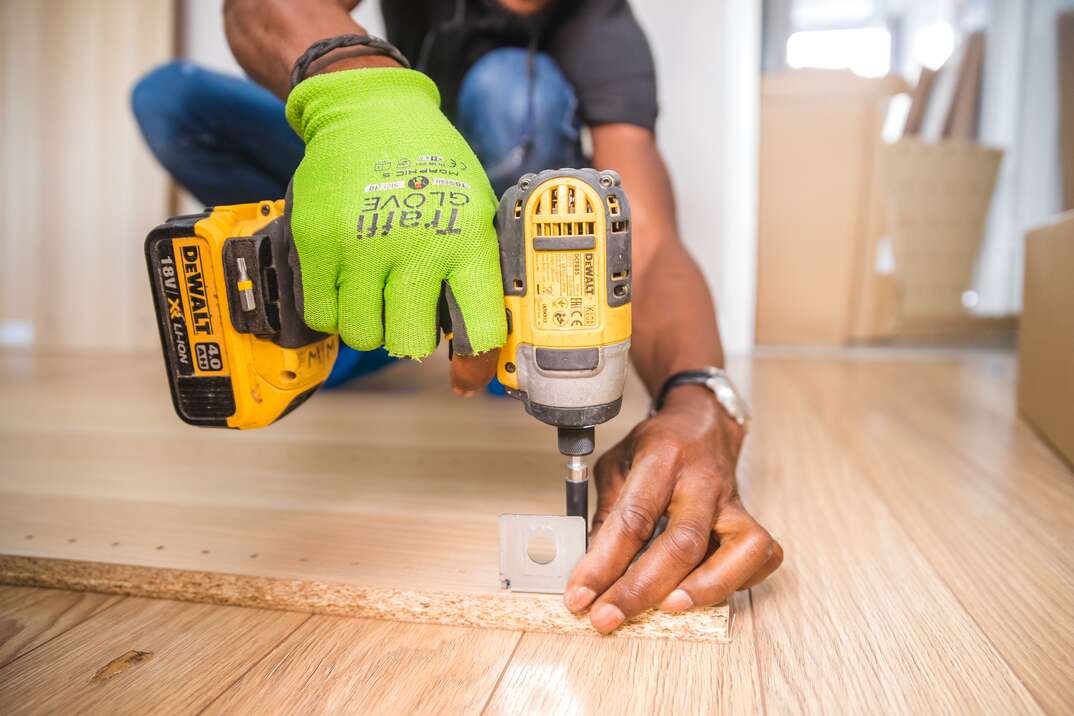
3. Power Drill
Power drills are one of the best tools you can have around the home. There are many accessories and attachments you can add to it that helps with additional usage. You can do projects like hanging up portraits, setting up furniture, sanding surfaces and mixing paint.
Just be sure to buy a cordless drill so you can use it for hard-to-reach places. Most power drills come with drill bits and driver bits. Drills bits are used to make different sized holes, while the driver bits are used to screw and unscrew screws of various sizes.
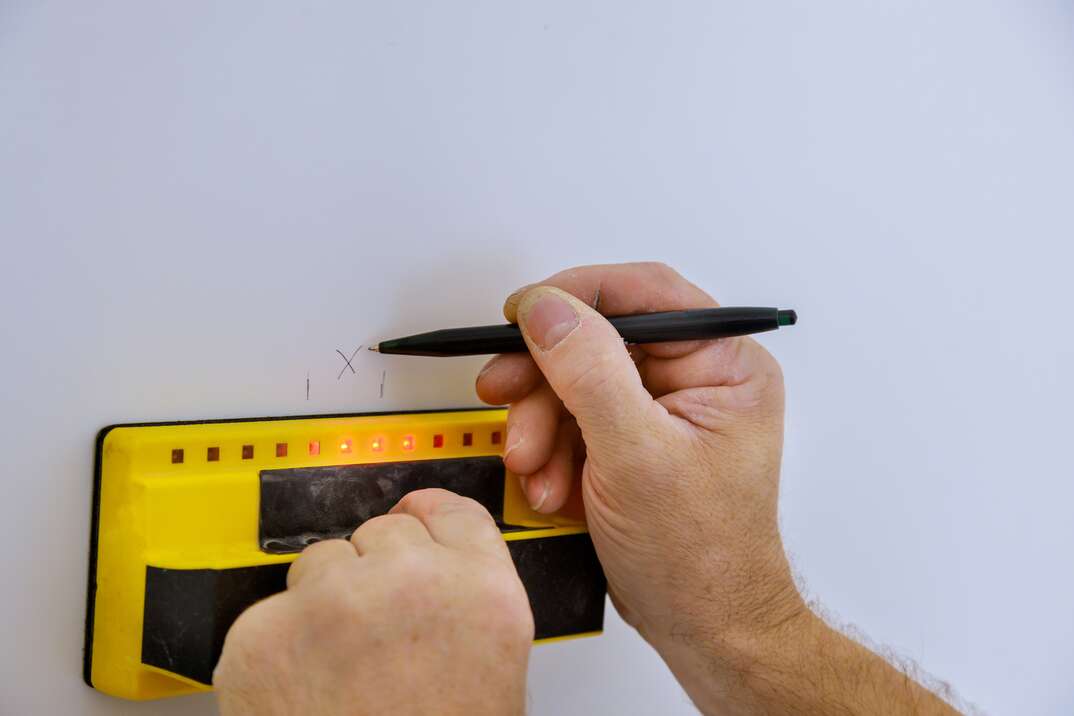
4. Stud Finder
A stud finder helps you find framing studs that aren’t visible. Studs are usually found behind drywall, so it’s not always the easiest to tell where they’re located. While it’s possible to find a framing stud without using a stud finder, this tool will make things quicker and more manageable. If you ever need to hang something up like a portrait or shelves, you can’t just nail something against drywall and expect it to hold. This is where stud finders come in handy; they use magnets to help detect a stud behind the wall.
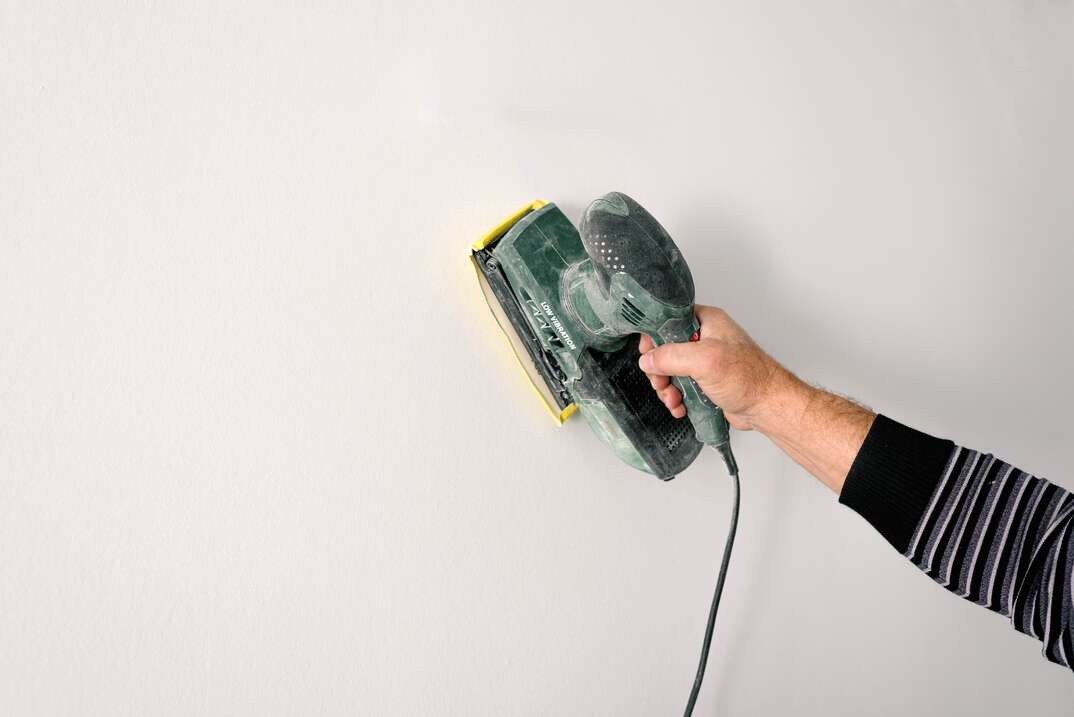
5. Sander
If you’re doing any type of woodworking project, you will need a sander. There are many different types of sanders out there, and each has its functions and benefits. Overall, they all focus on making wood surfaces as smooth as possible.
If you have a wood floor or deck that needs to be smoothed out, a sander can come in handy. If you plan on preparing a surface like an older cabinet before painting, then a random orbital sander will make the process easier. You no longer need to use sandpaper to smooth out large surfaces, which can be extremely time-consuming.
More Related Articles:
- What Is Screwdriver ‘Cam Out’ and How Can I Avoid It?
- Splash Course: How to Use a Power Washer
- Where Can You Rent Tools? And How Much Does It Cost?
- Trash Cash: Here’s How Much It Costs to Rent a Renovation Dumpster
- Here’s How Much Common Home Repairs Cost — and How to Budget for Them
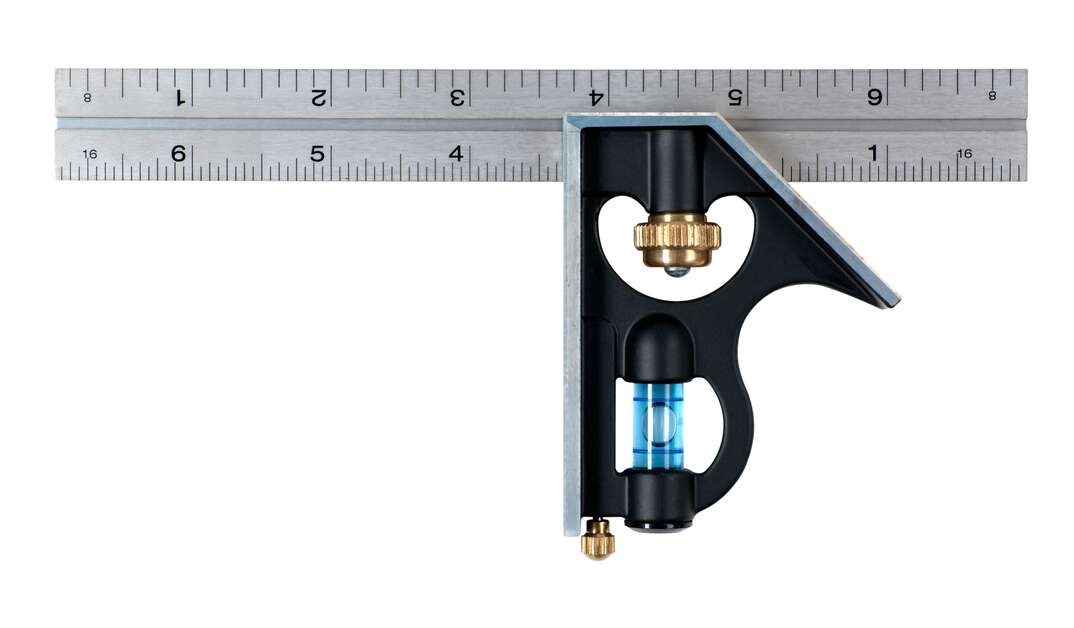
6. Combination Square
A combination square is another handy woodworking tool that can measure short distances and check the angles of objects. The ruler — or blade, as it’s normally called — comes in different lengths ranging from 6 inches (15 centimeters) all the way to 2 feet (60 centimeters).
Combination squares are commonly used to figure out where to mark wooden boards for cuts at specific angles, check for squares, adjust table saw blades and check the depth of particular objects. If you want to learn more about woodworking, or if you’re slowly becoming an enthusiast, you’ll want to get one of these instruments.
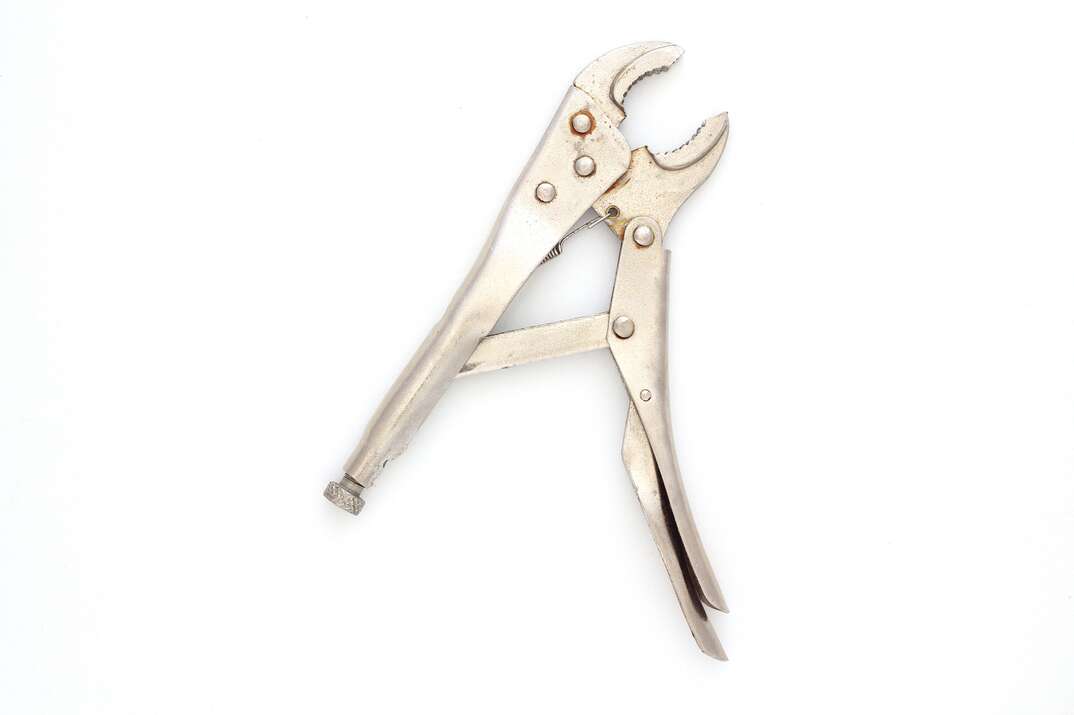
7. Locking Pliers
Locking pliers, also known as vise-grips, have two jaws that can be locked into position. Justin Turner, general manager of HELP Plumbing, Heating, Cooling, Electric and Drains, says the locking mechanism is controlled and adjusted by a screw-on one handle, while the other handle acts as the release.
It can act as a second set of hands when you’re doing housework. Locking pliers can be used to clamp things together and hold or handle objects that are otherwise awkward or uncomfortable to maneuver. They can also firmly grip and extract stubborn nails, staples, rounded nuts and bolts.
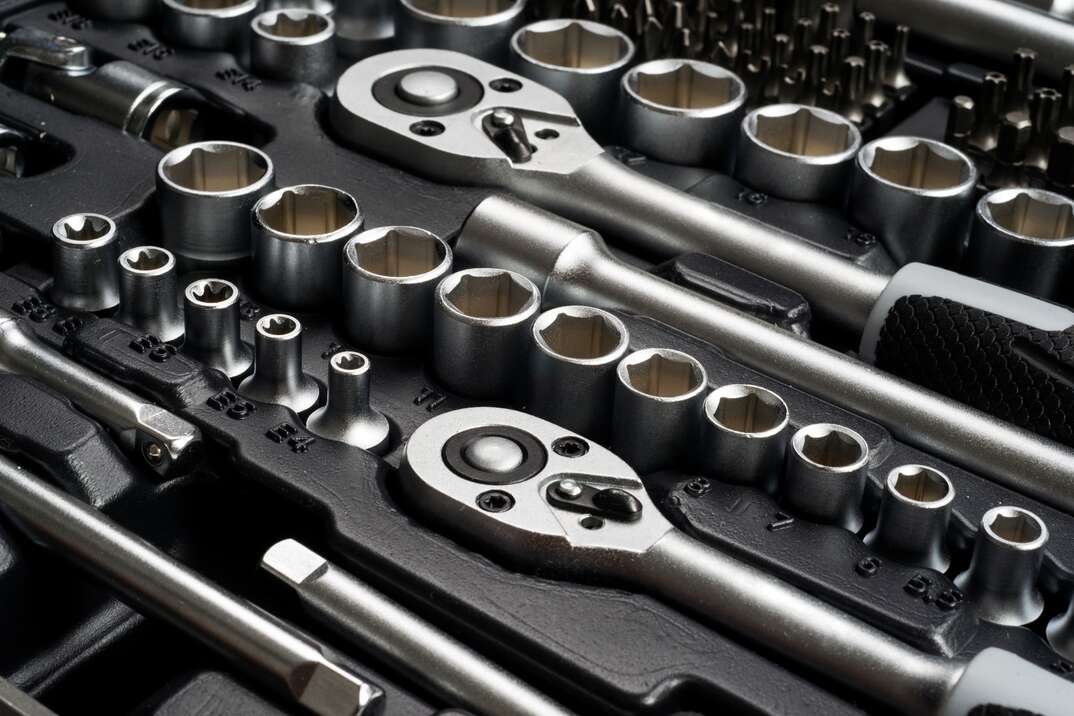
8. Socket Wrench
A socket wrench is used to turn nuts and bolts with ease compared to a regular wrench. To use it, you hold the handle, attach the appropriate size socket and then place the tool on the nut or bolt and turn the wrench’s handle in the direction you want it to. Turner says this is an efficient tool that allows the user to turn the nut or bolt without having to reposition the device after every turn. This helps cut down some of the time it takes to complete home projects.
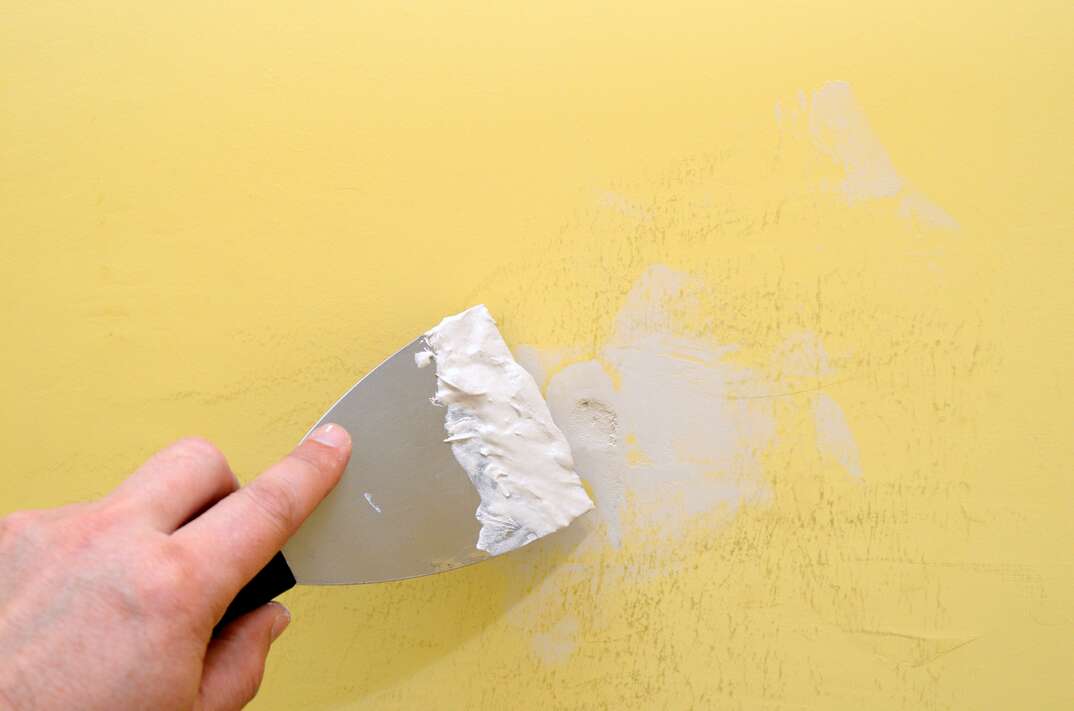
9. Putty Knife
If you plan on doing any type of painting around the home, you will want to consider getting a putty knife. Whether you’re a DIY enthusiast or just looking to work on a small painting project, a putty knife is crucial for a well-done job.
With a putty knife, you can smooth compound on the drywall as well as filling nail holes in the walls. Plus, you can also use it to remove wallpaper and old grout. It has more than one function and is one of the most cost-effective, adaptable tools you can own.
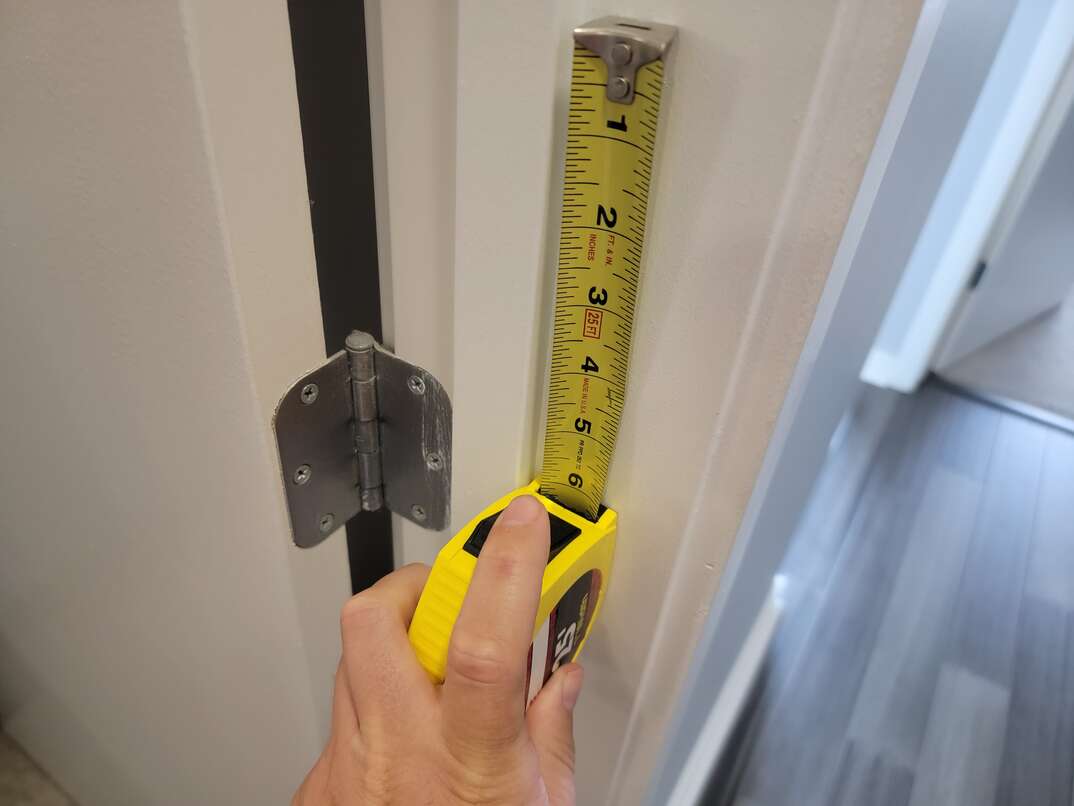
10. Tape Measure
A tape measure is one of the tools you don’t consider vital until you actually need it. Tape measures, as the name implies, measure the size or distance between objects. They vary in length, but average tape measures extend anywhere between 20 feet to 100 feet (6 meters to 30 meters) in length. You can use them to measure windows if you’re getting new ones, figure out the size of door frames, measure out the required length of flooring pieces and much more. There are even home laser distance measurers out there that can digitally measure the distance and reduce human error.

